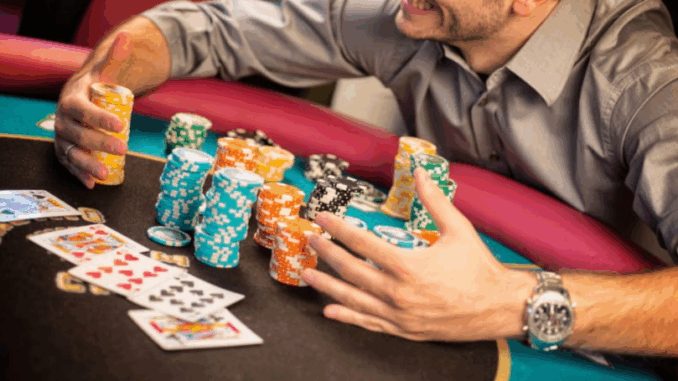
Introduction to the Topic
The format of cash poker is attractive because you can play whenever you want, without being tied to a tournament schedule. However, this freedom requires a solid approach to bankroll management. Every player eventually asks: how many buy-ins for cash poker are necessary for a safe and comfortable start? The answer depends on your goals, playing style, and risk tolerance.
What Is a Buy-in and Why Is It Important
A buy-in is the amount you bring to the table. In most cases, it equals 100 big blinds. For example, at NL10, where the big blind is $0.10, the maximum buy-in is $10. But a single stack cannot protect you from a series of losing hands. Even skilled players face variance and prolonged downswings, which is why having a sufficient reserve of buy-ins for cash poker is crucial.
Minimum and “Recreational” Approaches
Many beginners think that 20–30 buy-ins are enough. Such a reserve may indeed work if the goal is entertainment and the player is willing to reload funds from time to time. In this case, strict bankroll management is not a priority. However, if your aim is long-term growth and consistency, such a small cushion is not sufficient.
A Conservative Bankroll for Serious Play
In practice, a safer approach is to keep between 50 and 100 buy-ins for cash poker. Fifty allow you to move up in stakes relatively quickly while still providing protection against short losing streaks. A hundred buy-ins represent the most secure option, letting you play with confidence and avoid being forced to move down prematurely.
Playing Style and the Impact of Variance
Your strategy directly affects the size of the required bankroll.
- Aggressive and loose players experience stronger variance because they enter more pots. They need a larger reserve.
- A tight-aggressive style smooths swings somewhat but doesn’t eliminate them completely.
The wider your range of playable hands, the larger your buy-in cushion should be.
Additional Considerations for Bankroll Management

Many underestimate the role of volume. The more hands you play per day or week, the faster your true winrate reveals itself, but also the higher the chance of experiencing long downswings. For grinders who multi-table, keeping closer to 100 buy-ins is safer, as it helps absorb variance without panic.
Another nuance is the transition between stakes. As you move up, opponents get tougher, and the variability of situations increases. Even a profitable player at low stakes should maintain a larger bankroll when moving higher, since adaptation always brings mistakes and fluctuations.
The poker room itself also matters. Some sites charge higher rake, which directly affects results. A tougher rake structure amplifies variance, so again, more buy-ins provide security. A proper calculation must consider not only your playing style but also the ecosystem of the platform you’re playing on.
Players who like experimenting with creative lines and frequent bluffs should also maintain a broader reserve. The more adventurous the strategy, the higher the chance of running into difficult spots. Without a proper cushion, these experiments can wipe out your bankroll. A larger reserve allows you to try new approaches without the fear of instant bust-outs.
Flexible Management and Moving Between Stakes
Smart bankroll management is not just about its size, but also flexibility. A common system is to move up when you reach 100 buy-ins for the next stake and to move back down if your roll drops below 60–70. This method reduces the risk of going broke while giving you a chance to rebuild at softer tables.
Psychology and Tilt
A small bankroll impacts not only math but also mindset. With only 20–30 stacks, every loss feels heavy, and the risk of going on tilt grows. This often leads to reckless decisions and faster bankroll destruction. A larger reserve makes it easier to stay calm, think rationally, and follow strategy rather than emotions.
Fast Growth vs. Long-Term Stability
At first glance, having a large number of buy-ins for cash poker seems to slow down moving up stakes. But in reality, a conservative approach accelerates development: you spend more time on steady play, gain valuable experience, and correct mistakes without constantly redepositing.
Different Game Formats
Table structure also matters:
- In 6-max, swings are sharper since you play more hands, so at least 70–80 buy-ins are recommended.
- In full-ring (9–10 players), variance is lower, and 50 buy-ins may be sufficient as a baseline.
In live poker, the dynamics are different. Fewer hands are played per hour, and players usually bring 5–10 buy-ins for a session, while keeping an overall reserve of at least 30–40 for their stake.
